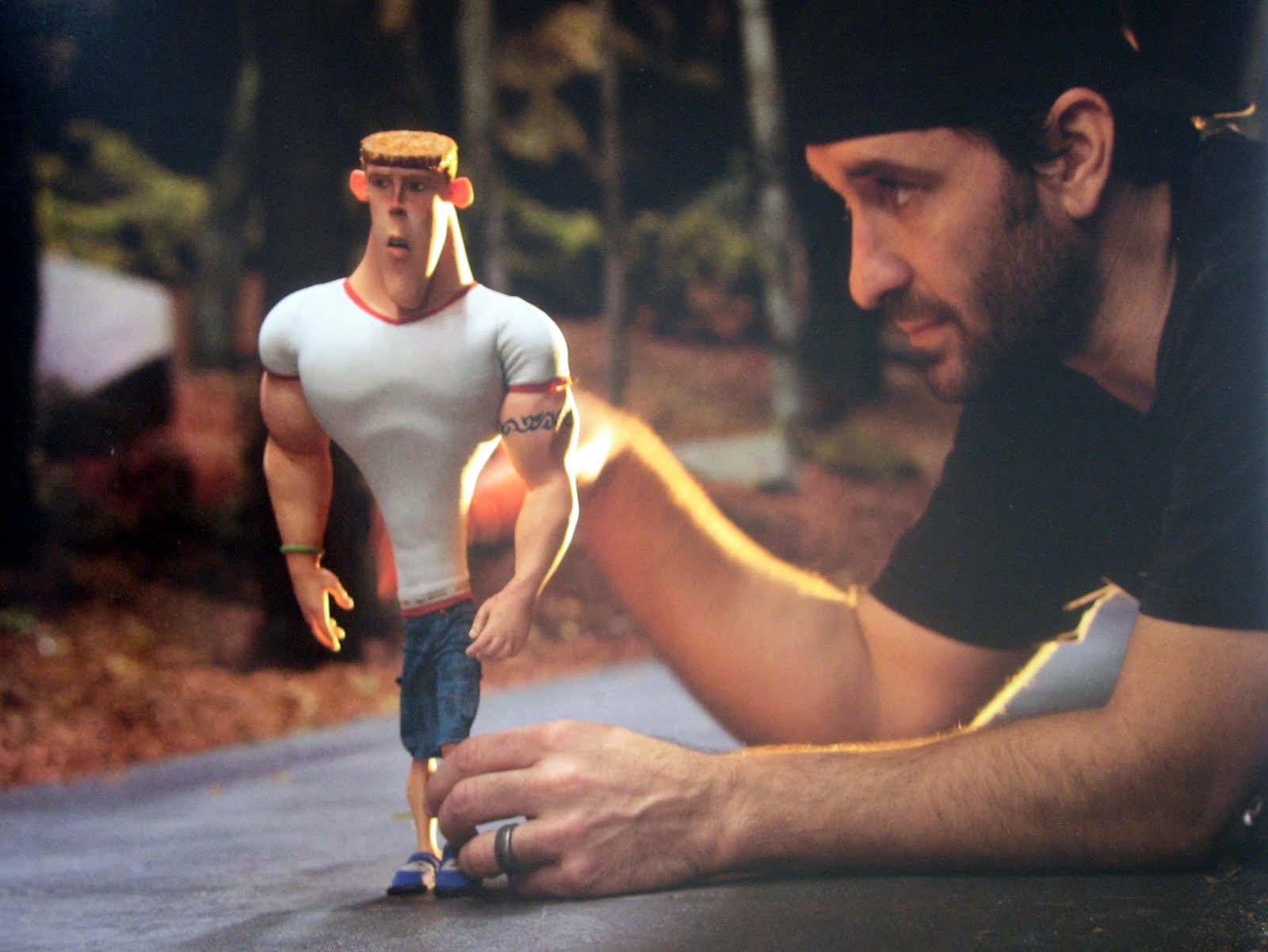Tim here, wondering if the time has come to start saying very hyperbolic things. This weekend sees the release of The Boxtrolls, the third feature released by the animation studio Laika, also responsible for 2009’s Coraline and 2012’s ParaNorman. I find myself, almost certainly to my eventual disappointment, wondering if this trio of technically audacious and unusually sophisticated stop-motion films has put the studio in line to fill the hole left when Pixar stopped being the most reliable movie-creating force in America, and instead became that place which makes pretty solid cartoons when they can be bothered to stop focusing on Cars pictures.
It’s begging the question from the get-go: there wasn’t a Pixar before Pixar, so there’s no clear reason that there has to be another one now. But Laika’s work so far has been at a level that encourages such dangerous optimism.

There’s the straightforward matter of the kinds of stories the studio has preferred to tell: lightly spooky adventure fables for children that forget to be pandering, sanitized nonsense with lots of dog whistle jokes for the parents. They’re not perfect: they fall into the broad formula where the first third builds a world, the second third is about making the characters feel feelings, and the final third is a chase sequence, and after a decade and change of virtually every American animated feature using that basic plot structure, it’s gotten boring. But at least Laika’s films have approached that plot spine with more in mind than just plastering it with simple-minded jokes, instead hunting for some emotional shivers that are approached with a real frankness and bluntness that assumes children are intelligent and perceptive beings who walk into the movie knowing a little bit about how the world works.

And that is why we famously got a gay teen character in ParaNorman, winningly outed in the most nonchalant “oh, he was gay this whole time, no big deal” gesture that a family movie could ever dream of getting away with. It’s also why Coraline has as its lead character a girl (a disturbing rarity in 21st Century animated films, though surely the success of Frozen is going to start swinging that needle back in a year or two, right? Right?), whose best friend is a non-white boy. The Boxtrolls backs off on this a bit, but that’s still two films in a row to rather directly if non-aggressively point out that the “all heroes are straight white boys” mentality that clings to animation so tenaciously (oh, why pretend: it clings to all mainstream Hollywood filmmaking) is not remotely true of the world beyond movies, and perhaps filmmakers for children would do well to recall the enormous number of children who aren’t straight white boys. And that’s double the number of Pixar films to have the same realization with about four times as many films to work with.

The other reason that Laika stands out has nothing to do with the stories they tell, but entirely with how they tell stories. As one of the last studios of any significant resources that isn’t simply addicted to soft, semi-photo-realistic CGI, Laika has been responsible for pushing the medium forward more than it has been pushed in generations, using 3D printing to create more elaborate faces, using a workflow that blithely marries computer art and pen-and-ink drawings and terrifyingly detailed hand-made costumes and sets and models. The end result is best described as “stop-motion with CGI at the edges”, but the combination of techniques is the best kind of multi-media filmmaking.

Every time a new Laika film comes out, there’s the usual barrage of making-of articles for months in advance: story after story of how unusual and accomplished their techniques are. But they earn that kind of attention: the unique craftsmanship results in movies that legitimately don’t look like anything else being made right now, animation with the polish and detail of CGI, but with far more tactility and hand-made warmth. Three films running, now, Laika has ended their films with a post-credits sequence taking us behind the scenes to see how they create their characters and worlds. And they’ve earned that too: if any movies being made right now benefit from the audience knowing about the talent and creativity that goes into their production, Laika’s wonderfully fussy living dollhouses absolutely thrive on it.